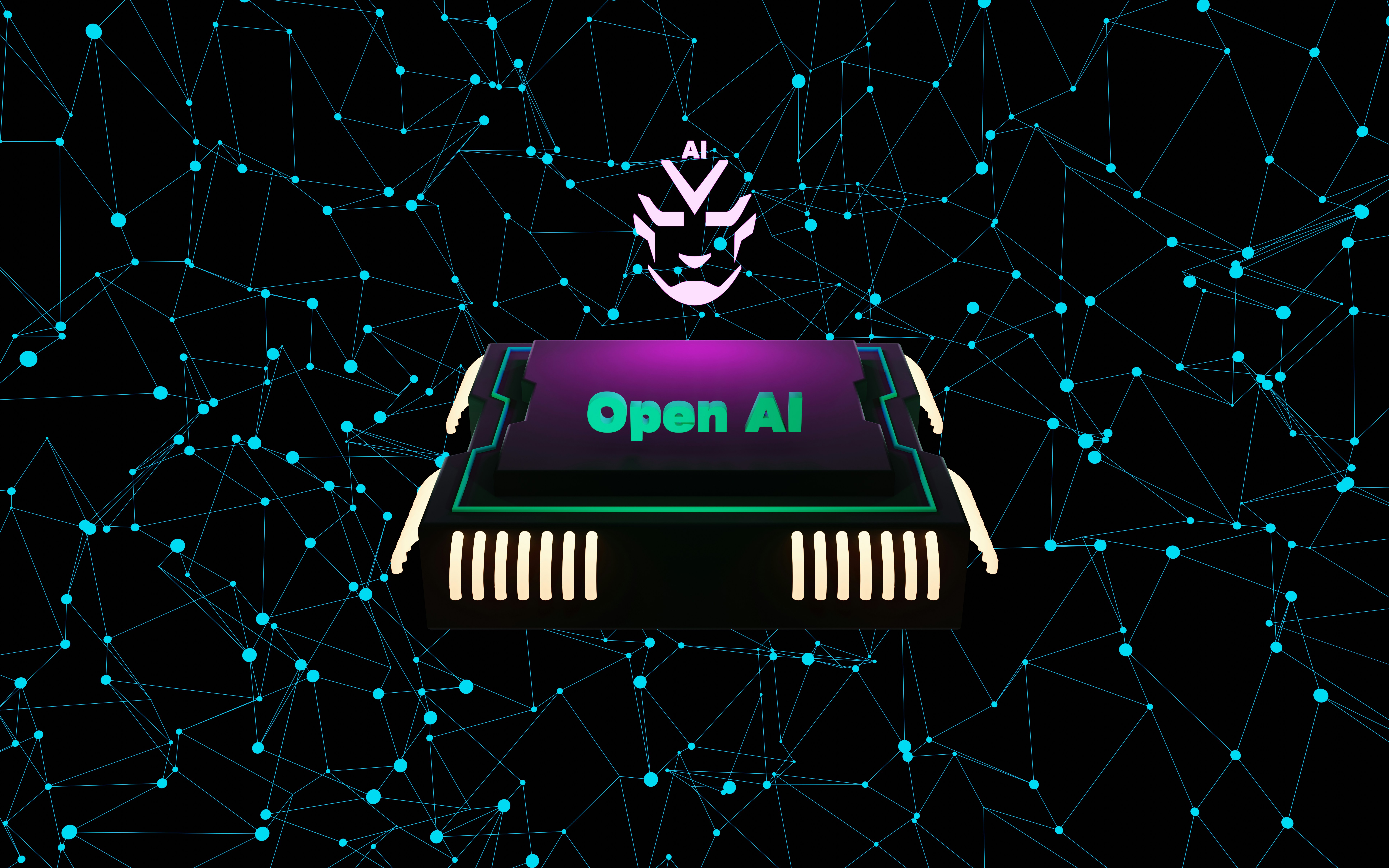
Introduction to AI-Generated Art
AI-generated art refers to artwork that has been created through the use of artificial intelligence algorithms. These systems utilize machine learning techniques to analyze vast amounts of existing artwork, learning different styles, techniques, and elements that define artistic compositions. By synthesizing this information, AI can generate new images, paintings, or sculptures that reflect a blend of influences from the datasets it has absorbed.
The emergence of AI-generated art represents a transformative shift at the intersection of technology and creativity. As AI continues to evolve, it challenges traditional notions of authorship and originality in the art world. Artists and technologists alike are actively exploring the potential of AI as a collaborative tool, rather than a mere replacement for human creativity. This opens up new avenues for artists to expand their creative processes and engage with their audiences in innovative ways.
In recent years, AI-generated art has gained significant attention due to its ability to produce visually striking pieces while pushing the boundaries of what constitutes ‘art.’ The inclusion of AI in the creative industry has led to vibrant discussions about the implications for artists, collectors, and the wider cultural landscape. Can an artwork generated by an algorithm be considered original, or does it inherently lack the soul that human touch provides? Such questions underscore the growing relevance of this topic.
The ongoing dialogue surrounding AI-generated art invites further exploration into its capabilities and the ethical considerations it raises. This topic prompts both excitement and concern, as stakeholders in the creative community grapple with what it means to create and consume art in an age where machines can mimic human creativity. Hence, understanding AI-generated art is crucial for comprehending its impact on the future of artistic expression and originality.
Understanding AI in Art Creation
Artificial Intelligence (AI) has emerged as a transformative force in the realm of art creation, utilizing complex algorithms and machine learning techniques to generate artworks that can resemble or innovate upon traditional forms. Prominent tools such as DALL·E, Midjourney, and DeepArt exemplify this evolution, offering unique capabilities that merge technology with artistic expression. At their core, these tools rely on deep learning, a subset of AI that mimics the neural network of the human brain.
DALL·E, developed by OpenAI, harnesses a model known as a Generative Pre-trained Transformer (GPT), which has been trained on vast swathes of text and image data. This enables it to generate images from textual descriptions, bridging the gap between language and visual art. For instance, when prompted with phrases like “an astronaut riding a horse in a futuristic city,” DALL·E can produce various artistic interpretations of that phrase, showcasing its ability to create contextual and imaginative visuals.
Midjourney operates on similar principles, utilizing a different algorithm that emphasizes rendering styles and creative outputs. This tool allows users to input commands specifying desired styles or themes—like impressionism or surrealism—to inspire the generated art. The resultant images reflect a collaborative synergy where human intent and machine capacity intersect, allowing artists and non-artists alike to create visually stunning pieces with significantly less skill in traditional techniques.
DeepArt, on the other hand, specializes in applying existing artistic styles to new images through a process known as style transfer. By analyzing the visual characteristics of iconic paintings, this tool reinterprets and transforms everyday photos into artworks imitating those styles. Each of these AI tools demonstrates not just the technical capabilities of artificial intelligence, but also the expansive horizons it opens for artistic expression by democratizing art creation.
The Spectrum of AI-Generated Creativity
AI-generated creativity has emerged as an innovative frontier in the arts, encompassing a diverse array of forms and styles, such as visual art, music, and literature. As artificial intelligence continues to evolve, so too does its capability to produce complex, engaging, and sometimes thought-provoking pieces that challenge our traditional perceptions of creativity. In the visual arts, AI programs like DeepArt and DALL-E utilize neural networks to create original images that mimic various artistic styles, from classical paintings to contemporary digital designs. Artists can input specific parameters, such as color palettes or stylistic influences, allowing AI to generate unique compositions that may rival those of human artists.
In the realm of music, AI algorithms are being employed to compose original scores and pieces across various genres. Platforms such as AIVA (Artificial Intelligence Virtual Artist) generate symphonies and pop tracks by analyzing vast datasets of existing music, blending elements of harmony, rhythm, and melody. Musicians can collaborate with these systems to create new works that exhibit innovative combinations of sounds, enhancing the creative process while also raising questions about authorship and originality. Moreover, AI has also ventured into literature, producing poetry and narratives through natural language processing algorithms. AI models like GPT-3 can generate written content that emulates human writing styles, leading to discussions about the nature of creativity and whether AI can truly understand and convey human emotions in its written works.
When comparing AI-generated pieces to traditional art forms, some critics argue that while AI can produce visually appealing or melodically captivating works, it may lack the emotional depth and personal experiences that characterize human-created art. Others contend that the introduction of such technology expands the definition of creativity, showcasing a collaboration between human intuition and machine learning. Ultimately, as AI continues to carve its niche within various artistic domains, it simultaneously invites reflection on the very essence of creativity and originality.
Impact on Artists and the Creative Community
The rise of AI-generated art has initiated a profound dialogue regarding its implications on human artists and the broader creative community. As artificial intelligence increasingly demonstrates the ability to produce art that resonates with audiences, various concerns emerge, notably job displacement. Many artists fear that as AI tools become more proficient, they may eliminate traditional roles within the art sector. This apprehension is rooted in the notion that AI-generated works can be produced at a fraction of the cost and time that human artists require, potentially undermining their livelihood.
However, while job displacement remains a significant concern, it is essential to consider the evolving roles for artists in this landscape. Rather than solely viewing AI as a competitor, many artists are exploring new ways to integrate AI into their creative processes. For example, AI can serve as an innovative tool to aid artists in generating ideas or enhancing their existing works. This collaboration can foster unique perspectives that may not have been attainable through traditional methods alone, ultimately encouraging artists to adapt and evolve their practices.
Moreover, the introduction of AI-generated art fosters a broader dialogue about originality and authenticity within the art community. Artists can explore the concepts of authorship and creativity in ways that challenge traditional definitions. This ongoing discussion can spark fresh collaborations among artists and technologists, nurturing a creative environment that thrives on interdisciplinary engagement. The blending of human creativity with machine intelligence has the potential to inspire novel art forms and movements, extending the possibilities of artistic expression. By harnessing the capabilities of AI, the creative community can evolve, embracing new ideas while ensuring that human artistry remains at the forefront.
Legal and Ethical Considerations
The emergence of AI-generated art has prompted significant legal and ethical considerations that continue to evolve within the creative industry. One of the most pressing issues is copyright ownership. Traditionally, copyright laws have granted protection to works created by human authors; however, the rise of artificial intelligence challenges these established norms. As AI systems produce original artworks, questions arise about who holds the rights to these creations—whether it is the developer of the AI, the user prompting the AI, or if the artworks can exist without human authorship altogether.
Current copyright legislation often lacks clarity concerning AI-generated art, leading to a complex legal landscape. Courts may need to assess whether AI can be considered an author under existing copyright laws. In various jurisdictions, there have been discussions around amending laws to address these technological advancements explicitly. The introduction of frameworks that recognize AI’s involvement in the creative process, while still attributing human oversight, is a potential solution many stakeholders advocate for.
In addition to copyright concerns, ethical considerations are equally vital. The data that AI algorithms utilize to create art often come from existing works, raising concerns about plagiarism and originality. Artists may worry that their styles or unique elements are being appropriated without consent or credit. Furthermore, as AI becomes more proficient at mimicking human creativity, questions about the value of human artistic expression versus machine-generated art emerge, potentially impacting the livelihoods of artists.
In this rapidly changing environment, stakeholders—a combination of artists, legal experts, and technologists—must engage in meaningful dialogues to navigate the challenges associated with AI-generated art. Establishing clear guidelines on ownership and ethical usage will be essential to foster a balanced relationship between innovation and respect for human creativity.
The Argument of Originality vs. Automation
The advent of artificial intelligence in the realm of artistic creation has sparked a debate that touches upon the very essence of what constitutes art and originality. Proponents of AI-generated art argue that it represents a new frontier in creativity, fostering innovation and expanding the boundaries of artistic expression. By utilizing algorithms and machine learning, AI can generate works that may be beyond human imagination, offering unique visual experiences and combining styles in novel ways. For these individuals, the use of technology does not diminish the value of art; rather, it enhances the creative process and democratizes access to artistic tools.
On the other hand, critics contend that AI-generated art fundamentally undermines the principles of originality and authorship. They argue that true art emerges from the human experience, emotions, and individual perspectives that machines cannot replicate. This view posits that reliance on automation for artistic production not only threatens the integrity of creative expression but also reduces the role of the artist to that of a mere facilitator for technology. The debate hinges on whether the lack of intentionality and personal touch in AI-generated art is acceptable or if it ultimately results in a degradation of artistic value.
Moreover, there are concerns regarding the implications of automation in creative fields. The risk of homogenization in art, where unique interpretations and styles give way to formulaic outputs, raises questions about the future landscape of artistic endeavors. In this context, originality becomes a contested topic, as the very definition of what it means to create is evolving. As AI continues to advance, the need to redefine originality and its significance in art becomes increasingly urgent, prompting artists, critics, and audiences alike to engage in this vital discourse.
AI in Artistic Industries: Case Studies
The integration of Artificial Intelligence (AI) in artistic industries has resulted in remarkable transformations across various sectors, including advertising, gaming, and music production. These industries illustrate the diverse applications of AI-generated art as it gains traction and showcases its potential to both enhance and redefine creativity.
In the advertising sector, companies are harnessing AI to generate stunning visuals and impactful marketing campaigns. For instance, brands utilize AI algorithms to analyze consumer preferences and create tailored advertisements that resonate with target audiences. One notable example is the collaboration between OpenAI’s DALL-E and marketing firms, which produced visually striking images aligning with specific campaign themes. This approach not only speeds up the creative process but also allows for repeated iterations based on real-time feedback, ultimately driving engagement and conversion rates.
The gaming industry has also experienced significant shifts due to AI-generated artwork. Game developers are leveraging AI to create immersive environments and characters at unprecedented scales. The use of procedural generation, powered by AI, allows for rich, expansive virtual worlds to be developed while reducing manual labor. Titles like “No Man’s Sky” exemplify this trend as their landscapes and ecosystems are generated through algorithms, resulting in a uniquely customized gaming experience for each player. Here, AI proves to be a powerful collaborator, offering creative possibilities that were once thought unimaginable.
In music production, AI tools are being employed to compose and generate tracks, transforming conventional music-making processes. Platforms such as AIVA and Amper Music facilitate the creation of original pieces by analyzing existing music patterns, providing artists with inspiration and innovative techniques. These AI-driven tools allow musicians to explore new genres and styles, enhancing their creative output. Furthermore, they serve as a means of collaboration, where artists can interact with AI-generated compositions to develop unique soundscapes.
The case studies from these various artistic industries reveal that AI-generated art is not merely replacing human creativity, but rather augmenting and evolving it. By fostering new avenues of exploration, AI technology presents valuable opportunities and inspires a rethinking of originality in artistic endeavors.
Future Trends in AI Art Generation
The landscape of AI-generated art is poised for remarkable evolution as advancements in technology continue to unfold. With the increasing capabilities of artificial intelligence, we anticipate more sophisticated algorithms that promote a deeper understanding of human aesthetics. This evolution will not only enhance the quality and originality of creations but also introduce unique styles and genres previously unimaginable. As AI becomes more adept in mimicking and innovating art forms, it raises intriguing questions surrounding creative ownership and the very essence of artistic expression.
One significant trend expected in AI art generation is personalized art creation. As AI systems learn from individual preferences, they can produce tailored artwork catering to specific tastes and emotions. This ability to generate unique pieces for individuals may shift public perception of art, emphasizing personal connection and engagement over traditional notions of artistic objectivity. Such advances could democratize art, making it accessible to broader audiences who may not possess the skills to create art traditionally. The potential for inclusive artistic experiences can ultimately foster a richer cultural dialogue between various demographics.
Moreover, the relationship between human artists and AI is likely to evolve, leading to collaborations that redefine the creative process. Instead of perceiving AI as a mere tool or competitor, human artists may begin to view AI as a collaborative partner that augments their creativity. This partnership could unleash new methods of artistic exploration, challenging the boundaries of imagination and innovation. As we embrace this symbiotic relationship, we must consider the implications of originality and authenticity, as the lines between human and AI-generated art become increasingly blurred.
Overall, the future of AI-generated art holds promise for both technological advancements and transformative shifts in public perception, presenting exciting possibilities and challenges for the world of creativity.
Conclusion: Rethinking Creativity in the Age of AI
As the exploration of AI-generated art unfolds, it is essential to reflect on the implications such technology has on the future of creativity. Throughout this discussion, we have examined various facets of AI art, from its ability to produce innovative visuals to the concerns surrounding originality and authenticity. The advent of artificial intelligence in creative industries challenges traditional definitions of what art is and who can create it. While some view AI as a tool that enhances human creativity, others worry about the potential homogenization of artistic expression and the value placed on human craftsmanship.
The rise of AI-generated art prompts significant questions: Can artwork produced by algorithms possess the same emotional depth as that crafted by human hands? Does the involvement of AI in creative processes diminish the intrinsic value of art, or does it offer new avenues for artistic exploration? As technology continues to evolve, these inquiries will shape the dialogue surrounding creativity and its intersection with innovation.
Moreover, the increasing presence of AI in the creative sphere sparks a reevaluation of originality. As generative algorithms learn from vast datasets, they may produce works that inadvertently mirror existing styles, raising concerns about plagiarism and intellectual property. Artists and creators must navigate these challenges, considering how their own work might coexist alongside AI-generated pieces. The future of creativity could very well lie in a collaborative approach, where human intuition and AI’s computational power combine to produce unprecedented forms of artistic expression.
Ultimately, the dialogue surrounding AI-generated art invites us to reconsider our understanding of creativity itself. In a world increasingly influenced by technology, it is vital to embrace a multifaceted perspective that acknowledges both the artistic potential and the challenges posed by artificial intelligence. As we move forward, the interplay between human creativity and AI will undoubtedly continue to evolve, prompting ongoing debate and reflection.
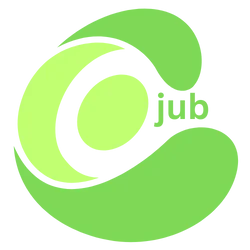
cojub It could cover a range of topics related to health, wellness, beauty, personal growth, and social issues, all from the perspective of striving for beauty, intelligence, youthfulness, and impartiality

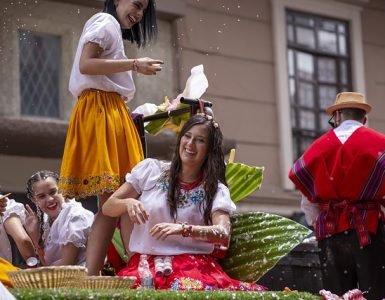
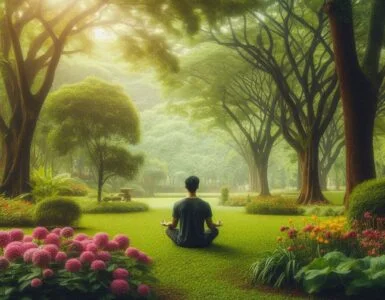
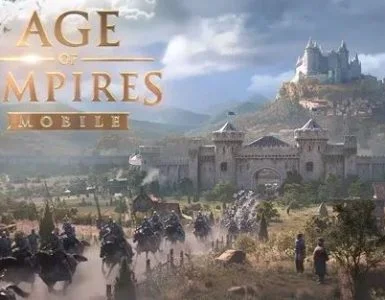
Add comment